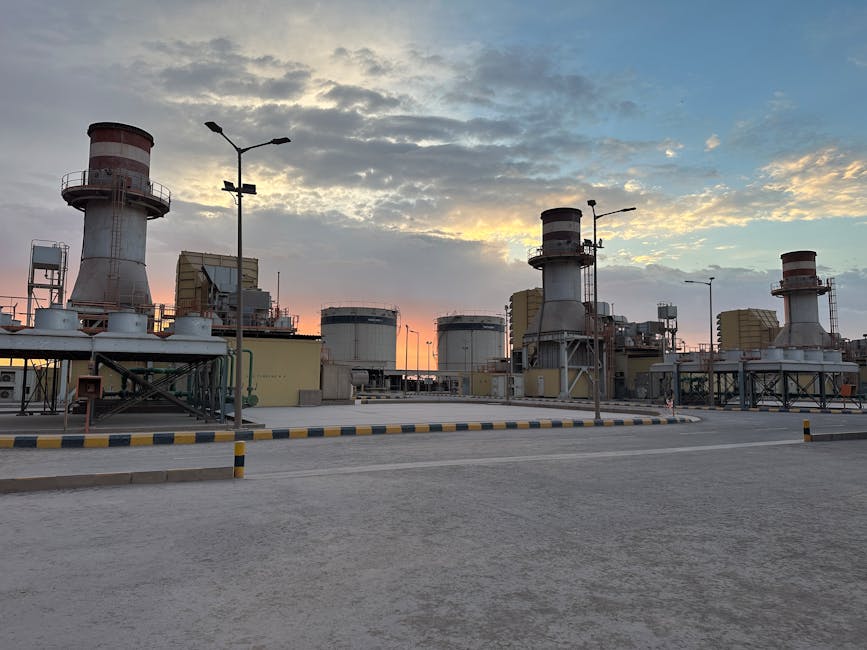
The solar industry is basking in a period of unprecedented growth. Manufacturing plants are humming, new jobs are being created, and clean energy is becoming more accessible than ever. This boom is not just about environmental consciousness; it’s a significant economic engine, driving innovation and investment. However, beneath the gleaming panels and optimistic projections lies a crucial question: can this solar surge survive without continued government support?
Advocates for the solar sector are raising a red flag. While demand for solar power continues to climb, they argue that the current manufacturing boom is heavily reliant on a delicate ecosystem of tax credits, subsidies, and supportive policies. These incentives have been instrumental in leveling the playing field against established, fossil-fuel-based energy sources and in encouraging the massive capital investment required to build and scale solar manufacturing facilities.
Without these incentives, the concern is that the fledgling domestic solar manufacturing industry could falter. Higher production costs, global competition from countries with different policy landscapes, and the inherent volatility of commodity prices could quickly erode the gains made. This would not only be a blow to the clean energy transition but also a significant economic setback, potentially leading to job losses and a reliance on foreign-made solar components, negating some of the very benefits the boom aims to achieve.
The debate is heating up as policymakers weigh the future of these crucial support mechanisms. The question isn’t just about the immediate profitability of solar manufacturing, but about building a sustainable, resilient, and domestically robust clean energy supply chain. For many in the industry, the answer is clear: continued, predictable incentives are not just helpful, they are essential to ensure that the sun-powered future we’re building doesn’t set before it truly rises.

